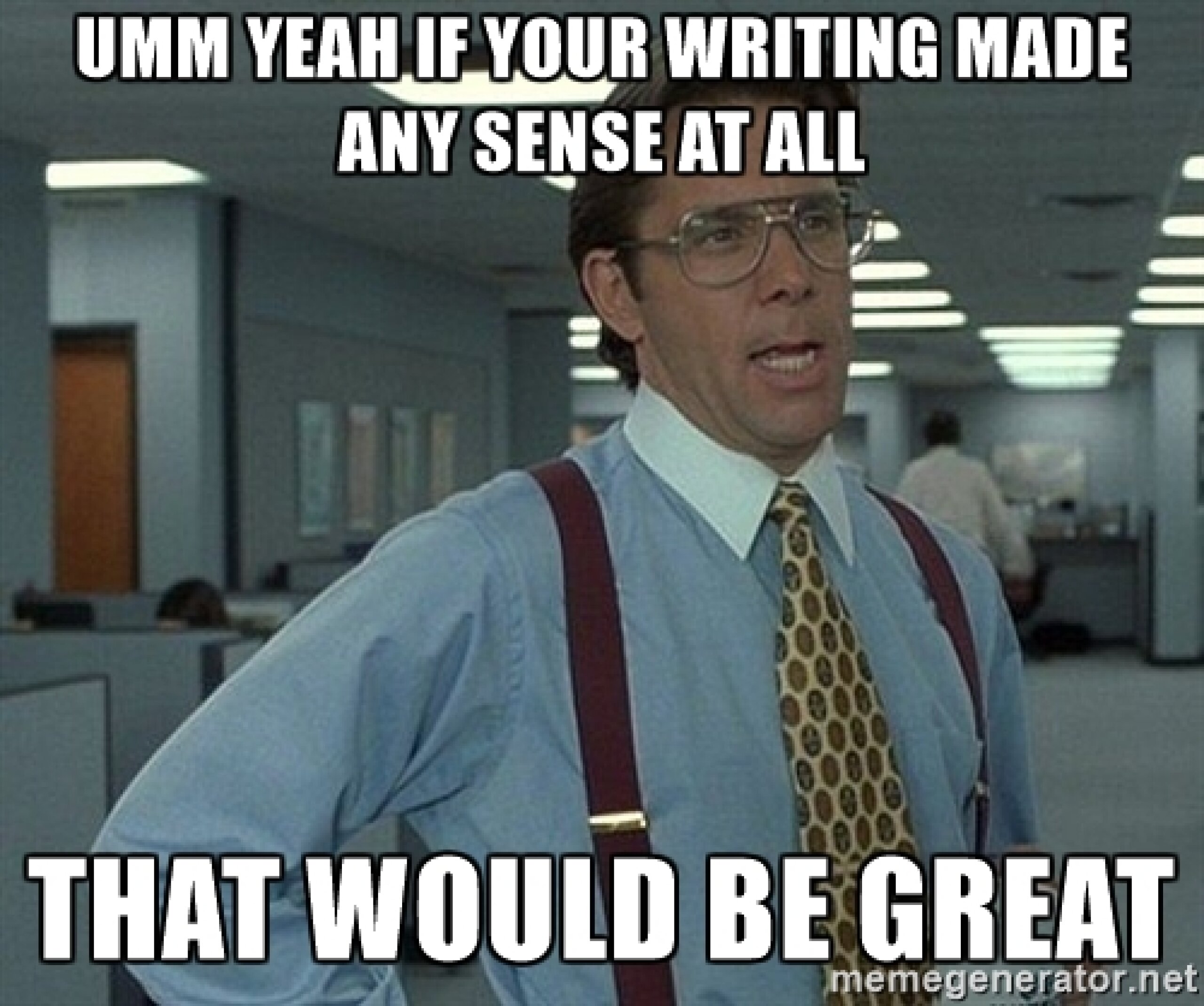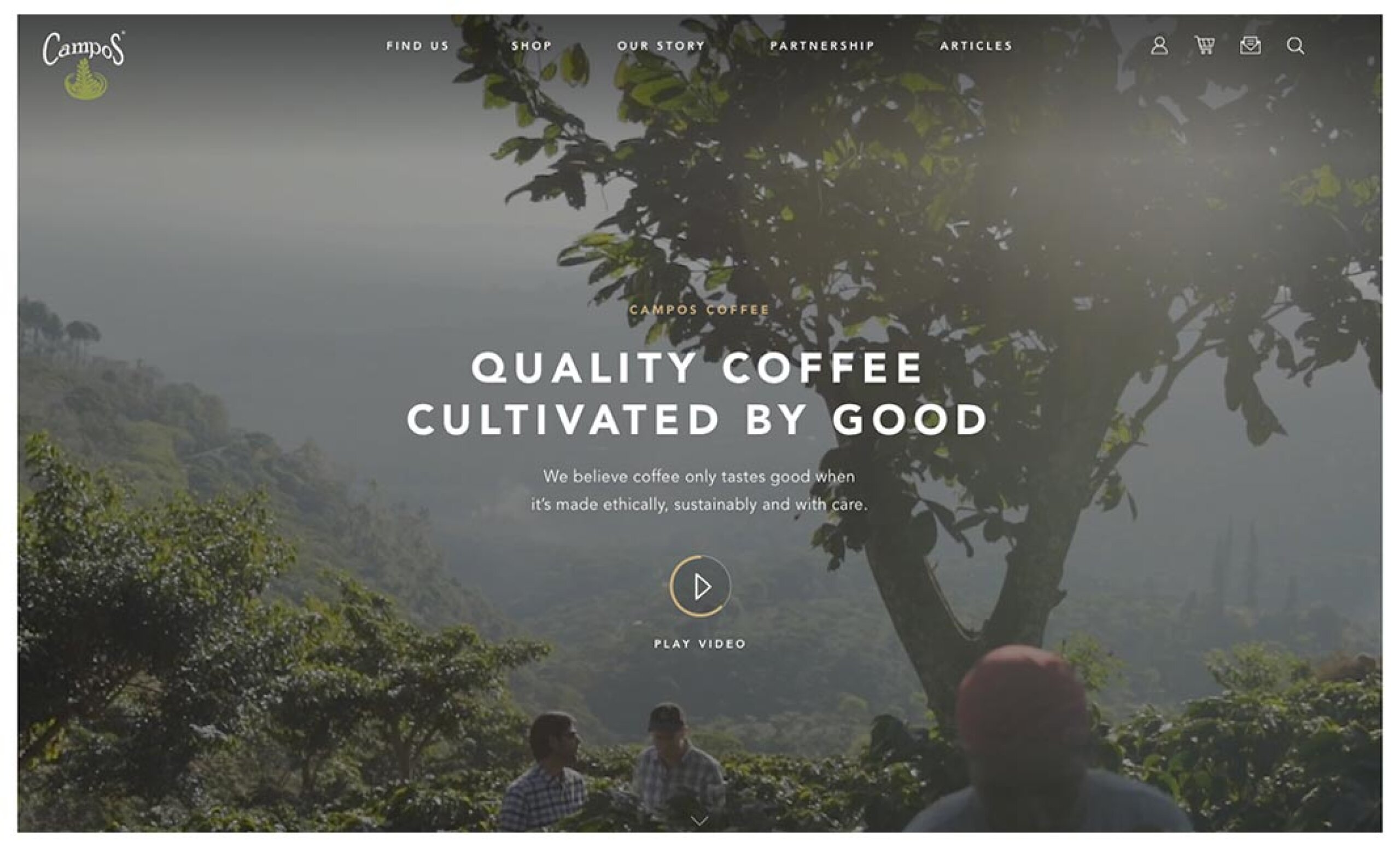As passionate experts in branding and marketing messages, it's hard for us to 'turn off' that strategy brain. We're critically analysing brand experiences 24/7, whether we like it or not (don't worry, we do). And it leads us to unpick everything - from the new brand mark at our local coffee joint through to the billboard messaging we pass on the morning commute. (We'll be unpacking these marketing message examples below).
Throughout our ponderings and analysis, one thing is clear. Messaging makes or breaks a good brand. It manifests in every touchpoint of a brand experience from:
The digital (web, socials, emails)
Through to the real-world interactions (sales calls, demos, packaging, community management)
And business strategy (missions & values, hiring, culture).
It can sometimes be difficult for people to see the value of a strong messaging framework with clear content pillars. The power of a good phrase isn't directly translatable to ROI. But failure to communicate clearly, succinctly and with personality means you get lost in the white wash of competition.
You could have a beautifully designed logo, or brand spanking new website. But without a brand story and brand message that cuts through (and has value), you'll loose your customer quick smart.
First, what's the difference between copywriting and brand messaging?
If you're unsure what brand messaging really is, then have a read of our previous post here.
Brand messaging is determining what you talk about - the key content and marketing pillars that shape your business and language. Whereas copy is the 'how' - how are you explaining or discussing your content pillars through different channels.

Marketing messaging done right
Hands up, all bean lovers. Even if you're not a coffee fiend you've likely heard of Campos Coffee. They're a prime example of a brand that clearly defined their messaging strategy early on and stuck to it over the decades.
The now, well known franchise kicked off in 1997 with a mission. Quality. It's not a new concept now, but they were one of the first to do it back in the day. They pitched themselves as professionals in quality coffee - a statement that still stands the test of time today in their messaging (via packaging, website, socials, team culture, brand story, product branding).
Since the naughties, the term 'quality' has become overused. It failed to cut through the competition. So Campos evolved their messaging, without compromising on the core value of quality. Today, that message of quality has shifted into the idea that quality coffee is 'Cultivated by good'. It only tastes good if it's made with care and is socially responsible.
'Care' speaks to their craft, professionalism, training & experience; and
'Socially responsible' extends to where the products are sourced via sustainable methods.

We could rattle off a number of brands nailing this messaging piece - Nike, Patagonia, All Birds. Their OG message strategy is still used today. Consistency in what they stand for and how they communicate it is paramount to their success.
We could also toot our own horn and drop a few of our own messaging projects - like BusinessDEPOT, Trekk and Belay who continue to use our messaging frameworks years after we handed over that polished messaging doc. (Yep, it's not jut the big brands that see a return).
An under cooked messaging strategy
We're not going to name and shame the business we're about to teardown. Let's just say if you drive along the freeways of QLD or NSW you're bound to have seen the following message on a billboard.
'Hit happens'
The advertising campaign is run by a legal firm that specialises in motor vehicle accidents. The one message and a brand logo, in black and yellow. It's simple and memorable. It nicely draws upon humour to put a smirk on your dial. It's also positioned and exposed to their prime customer (vehicle operators on the freeway). In theory, the advertising campaign ticks a lot of boxes.
But let's play the devil's advocate for a moment. Yes humour can work in messaging. But in this case, the statement is one-dimensional. What is the call-to-action? What next step do I take as a viewer? And what services does this firm offer?
The message (albeit funny) is ambiguous and that's problematic.
So we started digging into the brand and their other assets. (Note: this took a while since we couldn't actually remember the brand logo or name...just their quirky slogan). The messaging on their socials is meme-worthy and light, yet the language used on their website is formal. Both are weaved with a casual undertone, and some of their copy is humorous but it's also formal.
It left us feeling a sense of inconsistency, uncertainty and confusion. Ultimately tainting the brand perception.
What to takeaway
So is brand messaging important? Hell yeah. Here's a quick and dirty marketing messaging toolkit to nail your content and cement some strong brand & marketing foundations.
1. Messaging should have purpose
A messaging statement is only as good as the outcome it achieves. Starting each piece of content with clearly defined objectives and goals helps keep things on track. This should cover:
Who you're speaking to
The fundamental point you need to get across
What action you expect your audience to take
It's this last piece of the formula that the billboard failed to achieve.
2. A clear direction
A good messaging strategy also defines a position and direction that stands the test of time. The core work you do now should extend 5, 10, 20 years into the future of your business. Sure you'll need to evolve how you communicate that message over time (like Campos) - but the crux of it remains relevant.
3. A record to refer back to
Your messaging strategy is only as good as the team that enforces it. So have this strategy documented and shared. Treat it like a brand style guide - detail out the limitations, dos and donts of how you communicate to avoid inconsistencies across your comms.
